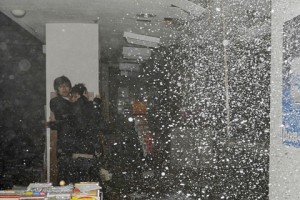
People take shelter as a ceiling collapses in a bookstore during the 9.0 magnitude earthquake in northeastern Japan, March 11, 2011 - (Photo: Reuters)
Sunday marks the one year anniversary of the magnitude-9.0 Tohoku-Oki earthquake and tsunami off the eastern coast of Japan.
A year later, scientists worldwide continue to sift through huge amounts of data provided by, what they call, the best-recorded earthquake of all time.
Seismologist Zhigang Peng, associate professor at Georgia Tech’s School of Earth and Atmospheric Sciences, came up with a unique way to utilize and share some of that information with others.
He took the seismic waves, created by the earthquake and its aftershocks, and converted them into audio files, so people can actually hear what the quake sounded like as it traveled through the earth and throughout the world.
“We’re able to bring earthquake data to life by combining seismic auditory and visual information,” said Peng. “People are able to hear pitch and amplitude changes while watching seismic frequency changes. Audiences can relate the earthquake signals to familiar sounds such as thunder, popcorn popping and fireworks.”
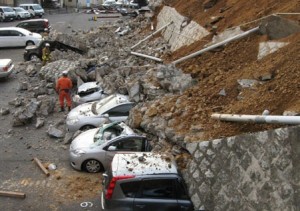
Vehicles are crushed by a collapsed wall at a carpark in Mito city in Ibaraki prefecture after a massive earthquake rocked Japan, March 11, 2011 - (Photo: AFP)
Peng says he and his colleagues were motivated to produce the audio representations of the earthquake in order to easily convey the information and scientific knowledge that came out of the event.
While people can generally hear audio between 20 Hz and 20,000 Hz, the actual sounds produced by the earthquake’s seismic data were below the normal range of human hearing.
In order to create an audio representation humans can hear, Peng’s team increased the speed of the data playback until it produced audio that fell within the range of normal human hearing.
The process allowed for a bit of time compression as well, condensing hours of material into just a few seconds.
Three of these audio clips are available on the Internet. The first two clips were made from data recorded in Japan itself.
Clip #1 provides the sound of the main earthquake taking place. The audio was produced from seismic data recorded near the earthquake’s epicenter.
>>> Clip #1
In clip #2, you can not only hear the main earthquake, but the immediate aftershocks as well. Peng says the aftershocks you hear in the clip are actually the sounds of tectonic plates adjusting after the main quake.
>>> Clip #2
Clip #3 was taken from seismic data recorded in California, approximately 9656.064 kilometers away. In this clip, what sounds like thunder is actually the main quake in the distance, and the rainfall sounds are the sounds of subtle fault movements induced by the Japan earthquake.
>>> Clip #3
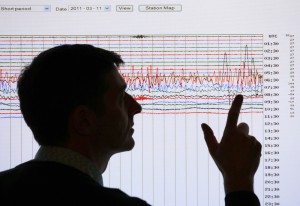
A seismologist points to a seismographic graph showing the magnitude of the earthquake in Japan, March 11, 2011. (Photo: REUTERS/David Moir)
Peng says the way in which last year’s massive earthquake became so well-recorded can be traced back to the 6.9 magnitude quake that struck Kobe Japan in January 1995.
The Kobe quake was considered, at the time, to be the worst in Japan since the Great Tokyo Earthquake of 1923, which measured 7.9 on the Richter Scale and killed 140,000 people.
Soon after Kobe quake, the Japanese government purchased and deployed thousands of high quality seismic instruments across the entire nation. It’s this network of sophisticated measuring devices that made the abundance of data on the 2011 Japan Earthquake possible.
Dr. Zhigang Peng joins us this weekend on the radio edition of “Science World.” He shares more on how he and his research team were able to take raw seismic data and turn it into audio recordings. Tune in (see right column for scheduled times) or check out the interview below.
[audio://blogs.voanews.com/science-world/files/2012/03/One-On-One-Dr.-Peng-Listen-to-the-Earthquake.mp3|titles=One On One – Dr. Peng – Listen to the Earthquake]Other stories we cover on the “Science World” radio program this week include:
- Lessons learned from Japan’s Devastating Magnitude 9 Earthquake
- Apple rolls out newest version iPad tablet computer
- Surgery helps those suffering seizures from epilepsy
- Tiny gecko feet help scientists develop new super adhesive
- New guidelines would help ensure HIV treatment









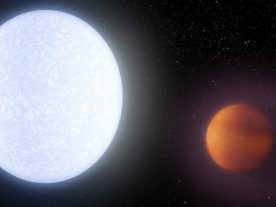
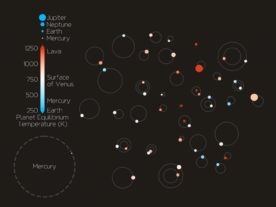



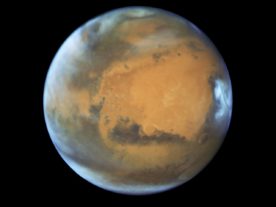



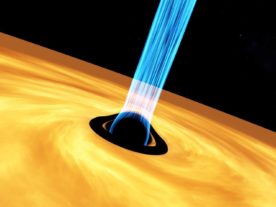

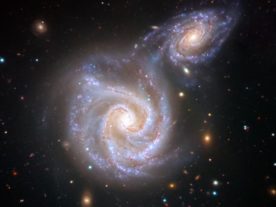
Comments are closed.